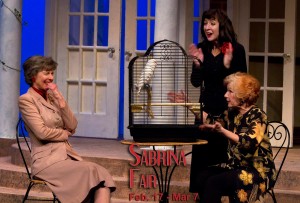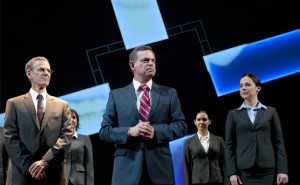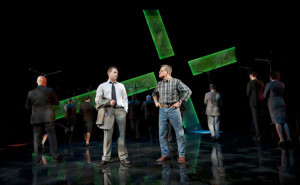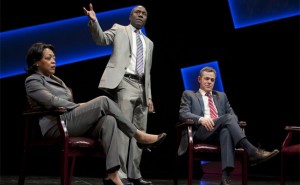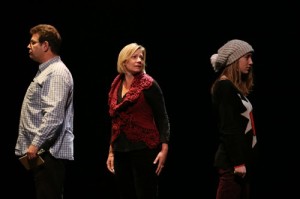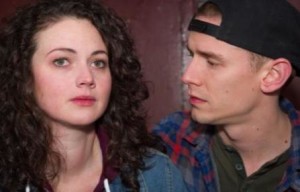Marion Bridge: Engaging production shows humanity
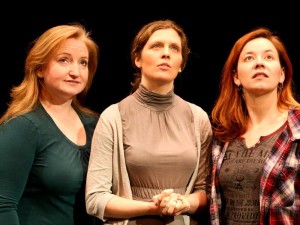
According to the Director’s Notes, Marion Bridge is about three East Coast women trying to tell their own story, and to get that story straight. Of course, the difficulty in getting any story straight is the myriad of personal details and emotions we keep locked up inside. The more we lock ourselves up, the easier it is to misunderstand and pass over each other’s perspectives, even if we’ve technically lived the same experiences. Marion Bridge is yet another dark comedy about a highly dysfunctional family. Stories like these are a dime a dozen. However, the heartwarming production of Marion Bridge differentiates itself by truly focusing on the humanity of its subjects – flaws, misunderstandings, and inner worlds. The production is engaging and compelling with the different aspects coming together to form a heart-warming whole.
The three sisters in Marion Bridge are brought together in Cape Breton in order to be with their dying mother. From the moment the play opens, the tension between them is palpable. Each of them, Agnes, Theresa, and Louise, carries her pain in a different way. Agnes (a furiously sarcastic Robin Guy) shields herself in alcohol and irony while struggling to make it as an actress in Toronto. Theresa (a restrained Shawna Pasini) is a nun who lives a cloistered life and blankets herself in responsibility. She is wound up so tightly that one gets the impression that event the slightest relaxation would find her crumbed on the floor. Louise (a wonderfully direct Cindy Beaton), the “strange one” of the family, lives in her own world of daytime television. As the story progresses and the women are faced with more obstacles (dinner with their estranged father, the death of their mother, etc), chinks begin appearing in their armour, bringing them closer together. …
